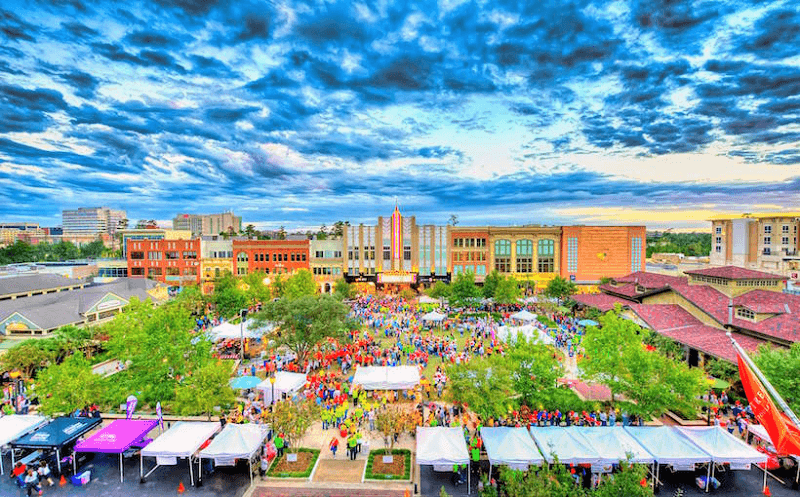Op/Ed: Billionaire-Built Cities Would Be Better Than Nothing

Critics describe the effort by the company, Flannery Associates, as greed in urbanism’s clothing that would create an environmental disaster in the form of a mere commuter suburb. As more details emerge about the ugly tactics used against local landowners, the project appears increasingly likely to drown in its creators’ hubris. But beneath Flannery Associates’ accumulating mistakes remains an important idea: The Bay Area needs a lot more housing, and we may need privately built cities to get there.
There is nothing new about cities built by investors and corporations. Celebration, Fla., was developed by the Walt Disney Company and includes buildings from architectural giants like Philip Johnson and Robert A.M. Stern. (Disney has sold off most of its holdings.) Not far from Seoul, the Songdo International Business District was developed by a consortium of real estate developers; it is planned around a two-square-mile eco-friendly, high-tech downtown that is meant to house over 60,000 people.
There is also no rule that cities planned by governments are morally superior. In 1910 the mayor of Baltimore, Barry Mahool, signed America’s first racial zoning ordinance, explicitly barring Black Americans from moving into majority-white city blocks, leaving the city hypersegregated for decades. During the 1960s, the high-water mark of racial segregation, a private developer named James Rouse planned an integrated city in nearby Columbia, Md. Columbia is not perfect, but it remains racially diverse, and according to data from the Opportunity Atlas, it does vastly better than nearby Baltimore at promoting upward mobility for Black American children.
Another planned community, the Woodlands in Texas, was born out of the Columbia experience. It offers a powerful example of how a privately conceived city can provide a great deal of public good.
George Phydias Mitchell, a pioneer producer of natural gas, was inspired to create the community after attending a symposium hosted by Columbia’s developers. He hired many of Mr. Rouse’s former employees and even hired a Wharton-trained Lutheran minister to help provide appropriate support for social, particularly religious, activities.
It took 40 years for the population of the Woodlands to grow from 8,400 (in 1980) to 114,000 (in 2020). But patience paid off: The schools-ranking website Niche lists it as one of the best U.S. cities to live in.
Today, with median housing values of $456,400 and median gross monthly rent of $1,723, the development is no longer the bargain that it once was. Still, the prices are a sign that people like it. And while the Woodlands does not share Columbia’s history of racial equality, 19 percent of its households are Hispanic, and the Opportunity Atlas shows that upward mobility for low- and middle-income Hispanic children is higher there than in most of Houston.
Deng Xiaoping justified China’s move to free enterprise by saying that “it doesn’t matter whether a cat is black or white, as long as it catches mice.” The California version should be that it doesn’t matter if the developer is private or public as long as it builds the housing that the state needs to become more affordable. Even if these would-be city builders make boatloads of mistakes, getting anywhere close to the goals of Flannery Associates to house 400,000 people — up to 5 percent of the Bay Area’s current population — would significantly help make the region more affordable and inclusive.

NEWS
Hide Full Index
Show Full Index
View All News